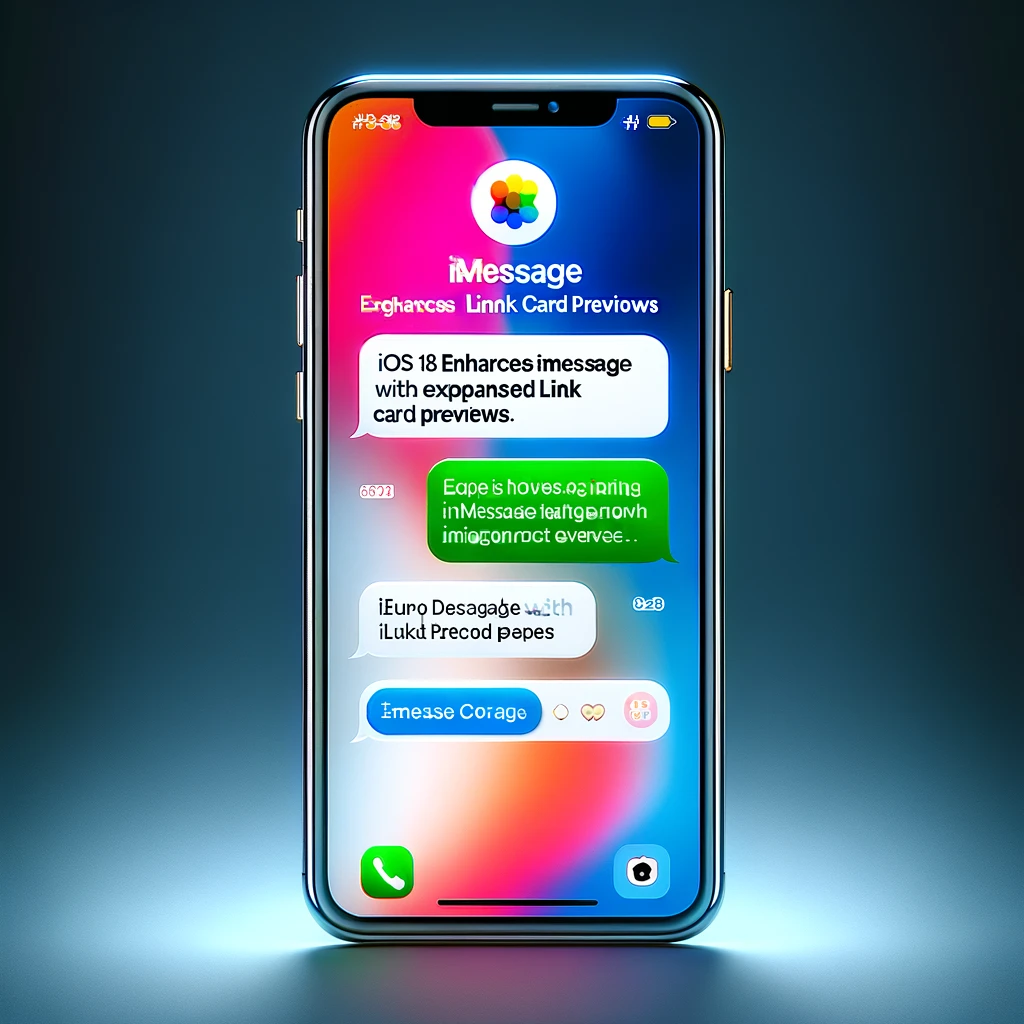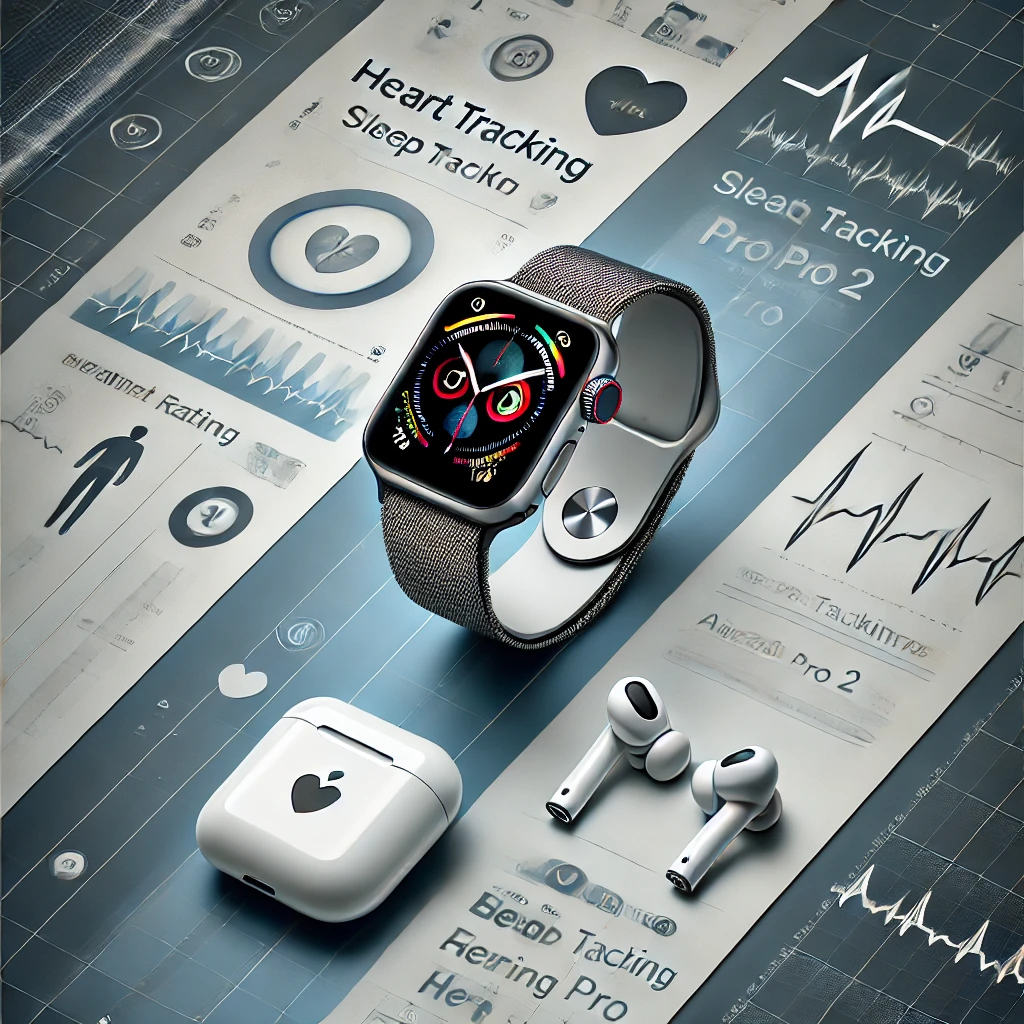Apple has announced that it will hold a press event on 9 September, where it is widely expected to reveal the new iPhone 17, alongside updated Apple Watch models and other potential devices.
While the company is notoriously secretive about upcoming products, it has a history of launching new iPhones in September, a tradition it has maintained since 2012. The invitation for this year’s event features the intriguing tagline: “Awe dropping.”
A Critical Moment for the Tech Giant
The September event, which will take place at Apple’s headquarters in Cupertino, California, is often considered the most important date in its calendar. This year, the stakes are particularly high. The tech world is eagerly awaiting the new iPhone, which is Apple’s primary revenue generator. However, with many consumers feeling the economic pinch, it remains to be seen if they will be willing to splash out on the latest model. Meanwhile, investors will be watching closely to see if Apple can demonstrate its continued ability to innovate, particularly in the competitive field of artificial intelligence.
This year’s launch is especially significant following Apple’s decision to delay a major update to its digital assistant, Siri. This update was intended to bring Siri in line with competitors like OpenAI’s ChatGPT and Google’s Gemini. Despite this AI setback, Apple’s strong iPhone sales during its July earnings report were met with enthusiasm by investors.
Apple previously marketed the iPhone 16 as being “built for Apple Intelligence,” a strategy it may continue this year as its rivals ramp up their own AI efforts.
Is a Super Slim iPhone on the Horizon?
According to reports from Bloomberg, Apple is planning to win over consumers this year with a significantly slimmer iPhone. This new model is rumoured to be the “MacBook Air” of the iPhone line-up—sleeker and more refined, but possibly at the cost of battery life and camera performance.
A new design could reignite interest in smartphones at a time when most people only upgrade their devices out of necessity. Unlike many rivals who have introduced foldable phones, the iPhone’s design has remained largely unchanged for several years.
Apple’s previous attempts to attract customers with different iPhone sizes have had mixed results. The company discontinued the iPhone Mini after just two generations. The larger iPhone 16 Plus has also struggled, accounting for only 5-10% of Apple’s shipments as of July 2024, according to well-known analyst Ming-Chi Kuo of TF International Securities. Kuo, who is famous for his accurate Apple forecasts, also predicts the Plus model will be phased out in 2025.
Beyond the new, slimmer variant, Apple is expected to unveil a standard version of the iPhone 17 and new Pro models. The standard models typically receive updated processors and modest improvements to the camera and battery. In contrast, the Pro models boast more advanced cameras, larger displays, more powerful processors, and a premium titanium design.
Navigating Tariffs and Supply Chains
The event comes as Apple continues to deal with the impact of President Donald Trump’s tariffs. In July, CEO Tim Cook told analysts that he expects the company to face £1.1 billion in tariff-related costs during the September quarter.
In a strategic move to lessen its dependence on China, which has long been the core of its smartphone production, Apple has shifted the manufacturing of most of its US-bound iPhones to India. While tariffs on most Indian goods are set to double to 50% this week, smartphones are one of the key exemptions.
Trump has also suggested that Apple would not be affected by the upcoming 100% tariffs on semiconductors, stating that companies committed to building in the US would be exempt. Earlier this month, Apple announced a £600 billion investment to expand its US operations, which includes creating a domestic supply chain for its chips.






